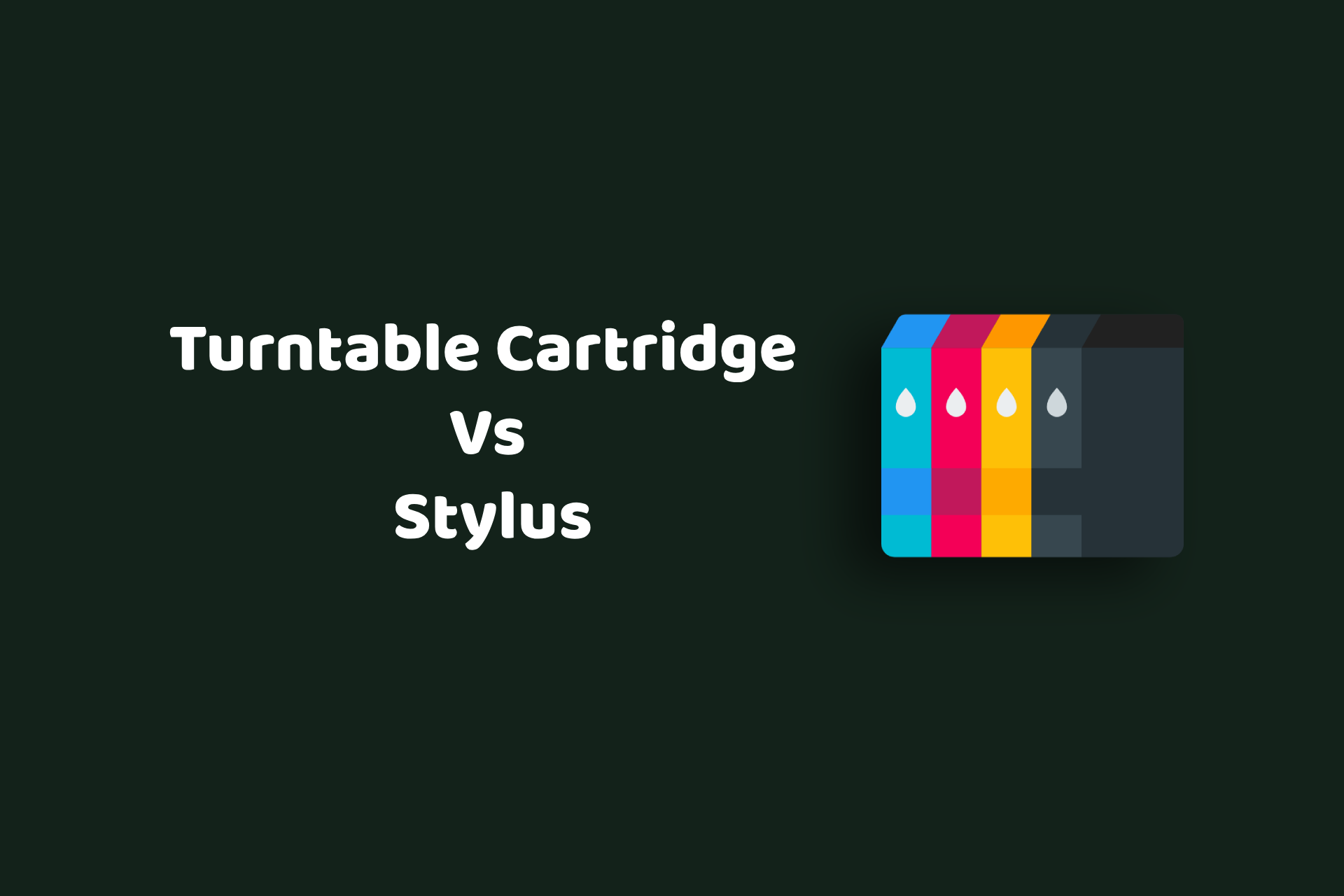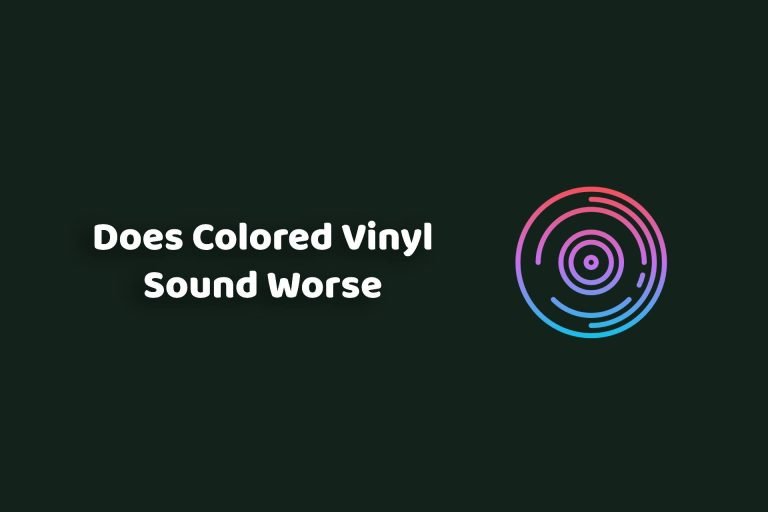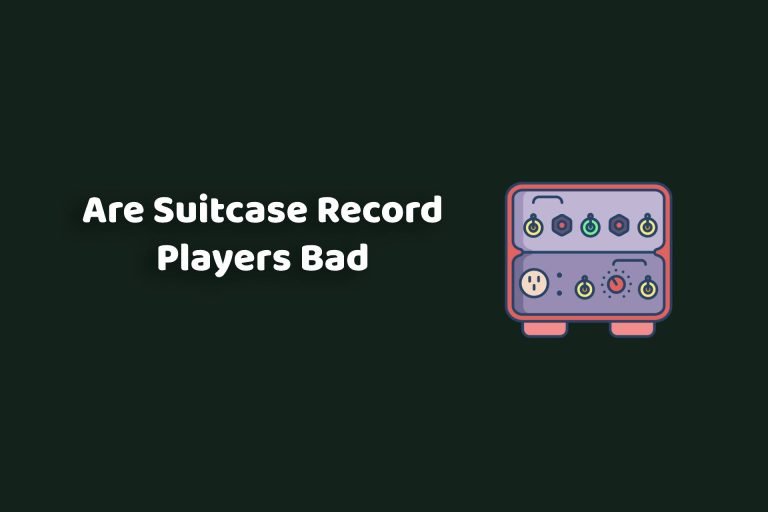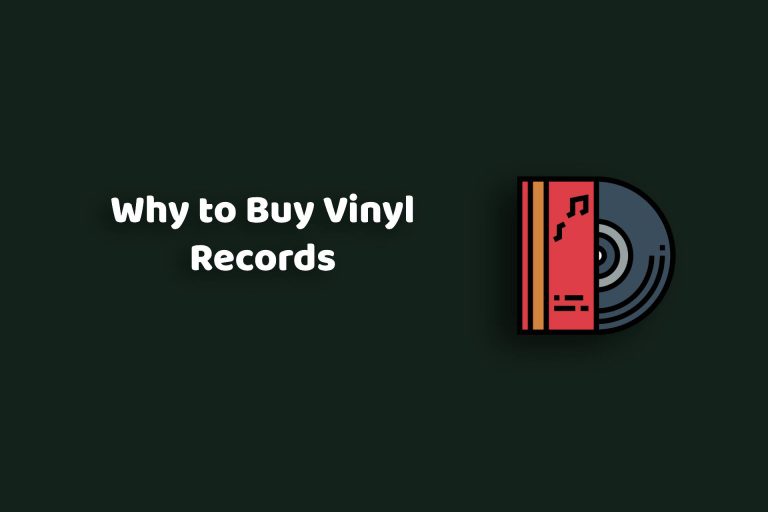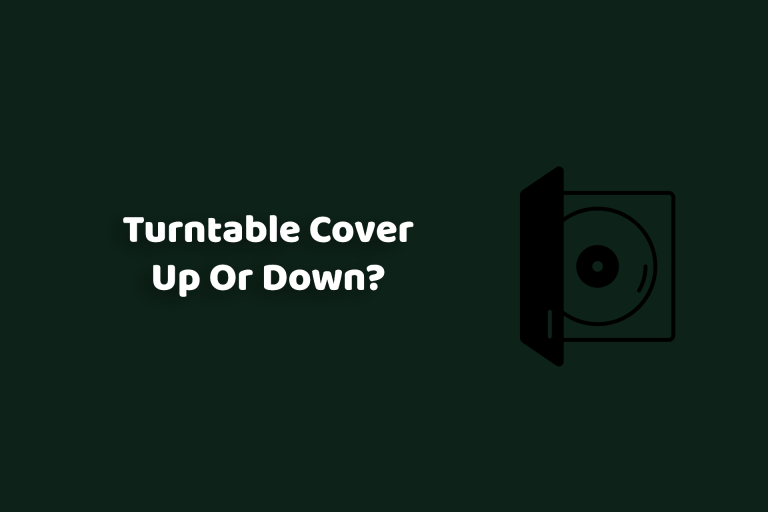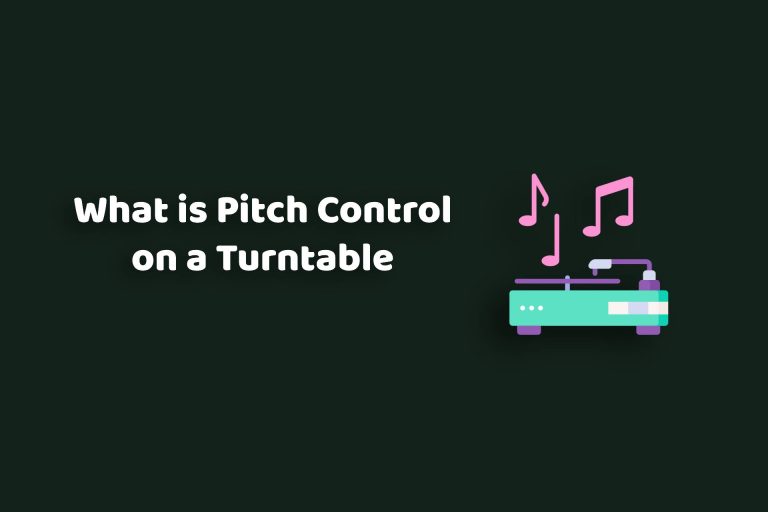Turntable Cartridge Vs Stylus
Ever wondered what really makes your turntable sing? Is it the cartridge or the stylus? I used to think they were the same thing—until I realized how much they impact sound quality. If you’re confused too, don’t worry! Let’s break it down in simple terms so you can get the best sound from your setup.
Understanding the Turntable Cartridge
Turntable cartridge is the heart of your record player. It’s a small but crucial component at the end of the tonearm that holds the stylus (or needle). As the record spins, the stylus traces the grooves, and the cartridge converts these tiny vibrations into electrical signals, which are then amplified into the music you hear.
Key Components of a Turntable Cartridge:
- Stylus (Needle): The fine tip, often made of diamond, that physically contacts and reads the record grooves.
- Cantilever: A small arm attached to the stylus that transmits vibrations from the stylus to the cartridge’s internal components.
- Magnet and Coils: In many cartridges, the cantilever’s movements cause a magnet to move near coils (or vice versa), generating tiny electrical signals corresponding to the sound encoded in the record grooves.
Different Types Of Turntable Cartridge
The different types of turntable cartridges are as follows:
1. Moving Magnets (MM) Cartridges
In Moving Magnet (MM) cartridges, a tiny magnet is attached to the stylus. As the stylus moves along the grooves of a vinyl record, the magnet vibrates between fixed coils, generating an electrical signal. This design allows for a higher output voltage, making MM cartridges easier to pair with standard preamps.
Pros
- Widely available and generally less expensive than MC cartridges.
- You can swap out just the stylus without replacing the entire cartridge, saving money.
- Works well with most standard phono preamps without requiring additional amplification.
- MM cartridges tend to last longer and withstand more wear and tear.
Cons
- The attached magnet adds weight, making it slightly less responsive to fine groove details.
- While MM cartridges sound great, they may not offer the same level of detail as MC cartridges.
2. Moving Coils (MCs) Cartridges
MC cartridges use a different design where the coils (instead of the magnet) move, while the magnet remains stationary. Since the moving parts are much lighter than in MM cartridges, MC cartridges can track the grooves more precisely, delivering superior audio fidelity. However, they produce a lower output signal, requiring a special preamp or step-up transformer.
Pros
- More accurate groove tracking results in richer details and greater frequency response.
- Improves tracking ability and reduces distortion.
- Ideal for high-end vinyl playback.
Cons
- MC cartridges are generally more costly than MM cartridges.
- If the stylus wears out, you must replace the entire cartridge.
- Due to low output, MC cartridges need a phono preamp or a step-up transformer, adding extra cost.
3. Moving Iron (MI) Cartridges
MI cartridges function similarly to MM cartridges, but instead of a moving magnet, they use a small iron piece that moves inside a magnetic field. This allows for a lighter moving mass, improving groove tracking while maintaining high output levels.
Pros
- Offers a good middle ground between MM and MC cartridges.
- Better tracking and higher sensitivity compared to MM cartridges.
- Higher output means it works with standard preamps.
Cons
- While cheaper than MC, MI cartridges still cost more than traditional MM options.
- Limited availability compared to MM and MC cartridges.
4. Ceramic Cartridges
Ceramic cartridges use the piezoelectric effect, where vibrations from the stylus create an electrical charge in a ceramic material. These cartridges were commonly used in vintage and budget turntables but are less popular today due to lower fidelity.
Pros
- Great for older turntables and entry-level systems.
- Can be connected directly to amplifiers without a preamp.
Cons
- Limited frequency response and higher distortion.
- Can wear out records faster.
Also Read: How to Tell If a Turntable Cartridge Is Bad?
Understanding the Turntable Stylus
The stylus is the tiny, often diamond-tipped component that makes direct contact with the vinyl record. As the record spins, the stylus navigates the undulations within the grooves, capturing the encoded audio information.
These movements are transmitted through the cantilever—a slender rod connecting the stylus to the cartridge—where they’re converted into electrical signals. These signals then journey through your audio system, culminating in the music that fills your room.
Shapes and Their Significance
The shape of the stylus tip profoundly influences sound quality and record wear. Here are the primary types:
Conical (Spherical)
Features a rounded tip that contacts the center of the groove walls.
- Pros: Durable and cost-effective; ideal for general listening and DJ applications.
- Cons: May not capture the finer details of high-frequency sounds.
Elliptical Stylus
Boasts dual radii with a narrower side radius, allowing for more precise groove tracking.
- Pros: Enhanced frequency response and reduced distortion, especially in inner grooves.
- Cons: Requires meticulous alignment and may wear out faster than conical styli.
Line Contact (e.g., MicroLine, Shibata)
Exhibits an elongated vertical contact area, closely mimicking the original cutting stylus used in record production.
- Pros: Delivers superior high-frequency reproduction and minimizes record wear due to its extensive contact surface.
- Cons: Typically more expensive and demands precise setup.
Turntable Cartridge vs Stylus: Key Differences
| Feature | Cartridge | Stylus |
| Function | Converts vibrations into electrical signals | Reads the vinyl grooves |
| Main components | Housing, magnet/coil, cantilever | Needle tip material and shape |
| Impact on sound | Affects signal conversion & overall tone | Affects groove tracking & clarity |
| Replacement | Entire unit needs replacement (except some stylus-exchangeable models) | More frequently replaced for wear |
| Cost | More expensive to replace | More affordable for upgrades |
How to Choose the Right Cartridge and Stylus for Your Turntable
Choosing the right cartridge and stylus for your turntable can significantly enhance your vinyl listening experience. Let’s walk through the key factors to consider, ensuring you make an informed decision tailored to your setup and preferences.
1. Understand Your Turntable’s Compatibility
First and foremost, it’s essential to ensure that any new cartridge or stylus is compatible with your turntable. Turntables come with different tonearm designs, and matching the cartridge’s compliance (its ability to move with the grooves) with your tonearm’s mass is crucial for optimal performance.
A mismatch can lead to subpar sound quality or even damage your records. For instance, a high-compliance cartridge pairs best with a low-mass tonearm, while a low-compliance cartridge suits a high-mass tonearm.
2. Decide Between Moving Magnet (MM) and Moving Coil (MC) Cartridges
Cartridges primarily come in two types: Moving Magnet (MM) and Moving Coil (MC).
For most turntables below £1000, it’s advisable to stick with MM cartridges, as they pair well with standard equipment. High-end systems might benefit from the enhanced performance of MC cartridges.
3. Consider Your Listening Preferences and Music Genre
Your musical tastes can influence the ideal cartridge and stylus choice.
- Elliptical Styli: Offer improved high-frequency response and detail retrieval, making them suitable for genres like classical or jazz.
- Conical (Spherical) Styli: Provide robust performance and are often preferred for genres with heavy bass or for DJing purposes due to their durability.
Understanding the nuances of different stylus shapes can help tailor your listening experience to your preferences.
4. Budget Considerations
Determine how much you’re willing to invest. While high-end cartridges can offer superior sound quality, there are excellent budget-friendly options available. For instance, the Audio-Technica AT-VM95EN is often recommended for beginners due to its balance of performance and affordability.
5. Evaluate Your Phono Preamp
Ensure your phono preamp is compatible with your chosen cartridge. MM cartridges typically work with standard preamps, while MC cartridges may require a preamp with higher gain or adjustable settings.
Some modern amplifiers come with built-in phono stages that support both types, but it’s essential to verify this before making a purchase.
6. Installation and Alignment
Proper installation and alignment of your cartridge and stylus are vital for optimal performance and record preservation. Misalignment can lead to uneven wear and degraded sound quality.
If you’re not comfortable installing it yourself, consider seeking assistance from a professional or referring to detailed guides provided by reputable sources.
7. Maintenance and Replacement
Regular maintenance ensures longevity and sound quality. Stylus tips can wear out over time, typically lasting around 1,000 hours of playback. Regularly inspect and clean your stylus, and replace the turntable stylus as needed to protect your records and maintain audio fidelity.
The Right Choice Makes All the Difference
Picking the right cartridge and stylus isn’t just about sound—it’s about preserving your vinyl and enjoying every spin. Whether you go for MM or MC, elliptical or conical, the key is finding what fits your turntable and your ears. Now, go enjoy that warm analog sound!
